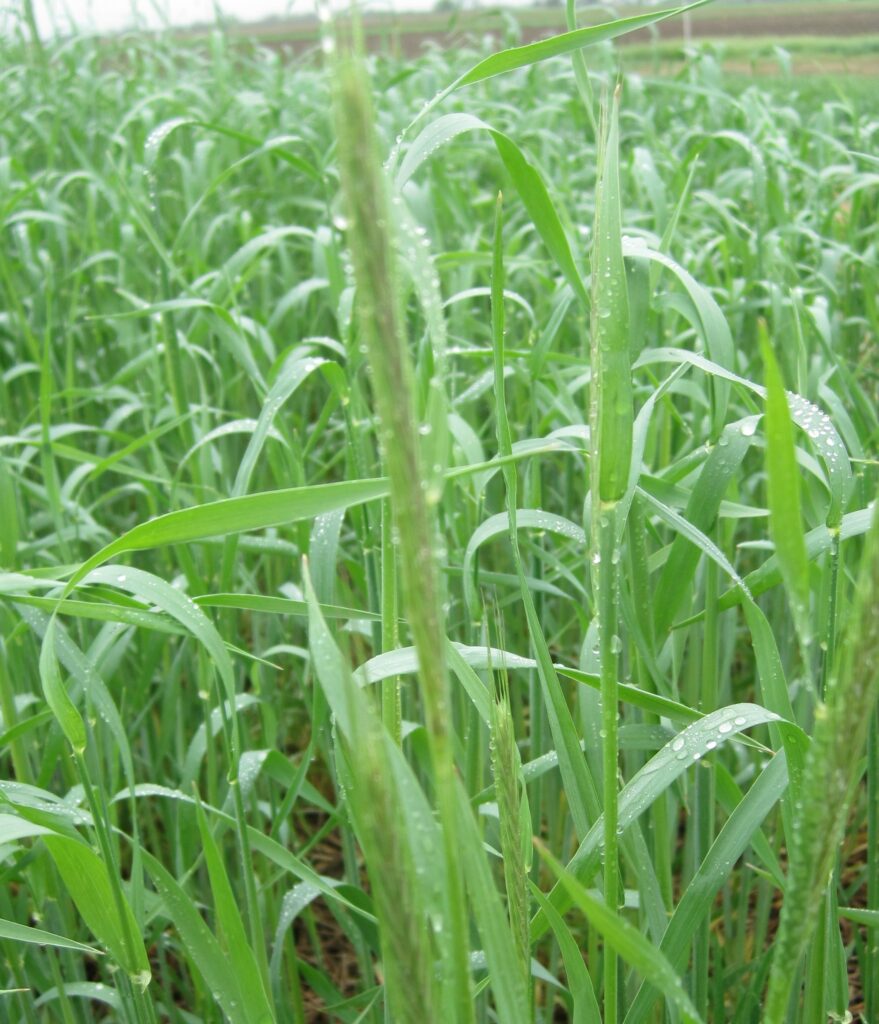Does Delaying the Termination of Cover Crops Always Enhance Biomass?
go.ncsu.edu/readext?1033276
en Español / em Português
El inglés es el idioma de control de esta página. En la medida en que haya algún conflicto entre la traducción al inglés y la traducción, el inglés prevalece.
Al hacer clic en el enlace de traducción se activa un servicio de traducción gratuito para convertir la página al español. Al igual que con cualquier traducción por Internet, la conversión no es sensible al contexto y puede que no traduzca el texto en su significado original. NC State Extension no garantiza la exactitud del texto traducido. Por favor, tenga en cuenta que algunas aplicaciones y/o servicios pueden no funcionar como se espera cuando se traducen.
Português
Inglês é o idioma de controle desta página. Na medida que haja algum conflito entre o texto original em Inglês e a tradução, o Inglês prevalece.
Ao clicar no link de tradução, um serviço gratuito de tradução será ativado para converter a página para o Português. Como em qualquer tradução pela internet, a conversão não é sensivel ao contexto e pode não ocorrer a tradução para o significado orginal. O serviço de Extensão da Carolina do Norte (NC State Extension) não garante a exatidão do texto traduzido. Por favor, observe que algumas funções ou serviços podem não funcionar como esperado após a tradução.
English
English is the controlling language of this page. To the extent there is any conflict between the English text and the translation, English controls.
Clicking on the translation link activates a free translation service to convert the page to Spanish. As with any Internet translation, the conversion is not context-sensitive and may not translate the text to its original meaning. NC State Extension does not guarantee the accuracy of the translated text. Please note that some applications and/or services may not function as expected when translated.
Collapse ▲The amount of growth or biomass a cover crop achieves positively correlates with almost all the potential benefits. For instance, a no-till farmer wanting to suppress weeds in their following cash crop is often encouraged to maximize cover crop growth and the amount of dry biomass left on the surface.
One of the most common recommendations for increasing biomass is to delay terminating the cover crop as late as possible to allow for additional spring growth. While this recommendation sounds logical, most of the supporting research occurred in the Midwest.
Between the Fall of 2020 and the Spring of 2022, Hannah Howe (formerly Hannah Massengill), an NC State graduate student, researched whether delaying the termination of cereal rye by four weeks would result in additional growth and biomass. Cereal Rye remains one of the most popular cover crop species for farmers across the state. This work was accomplished with the help of her advisors, Dr. Rachel Vann and Dr. Dominic Reisig.
The Termination Timing Effect on Cereal Rye Biomass factsheet summarizes this study and its findings. It also provides discussion from experts on why these results were seen and what it could mean for North Carolina farmers who utilize cover crops.



